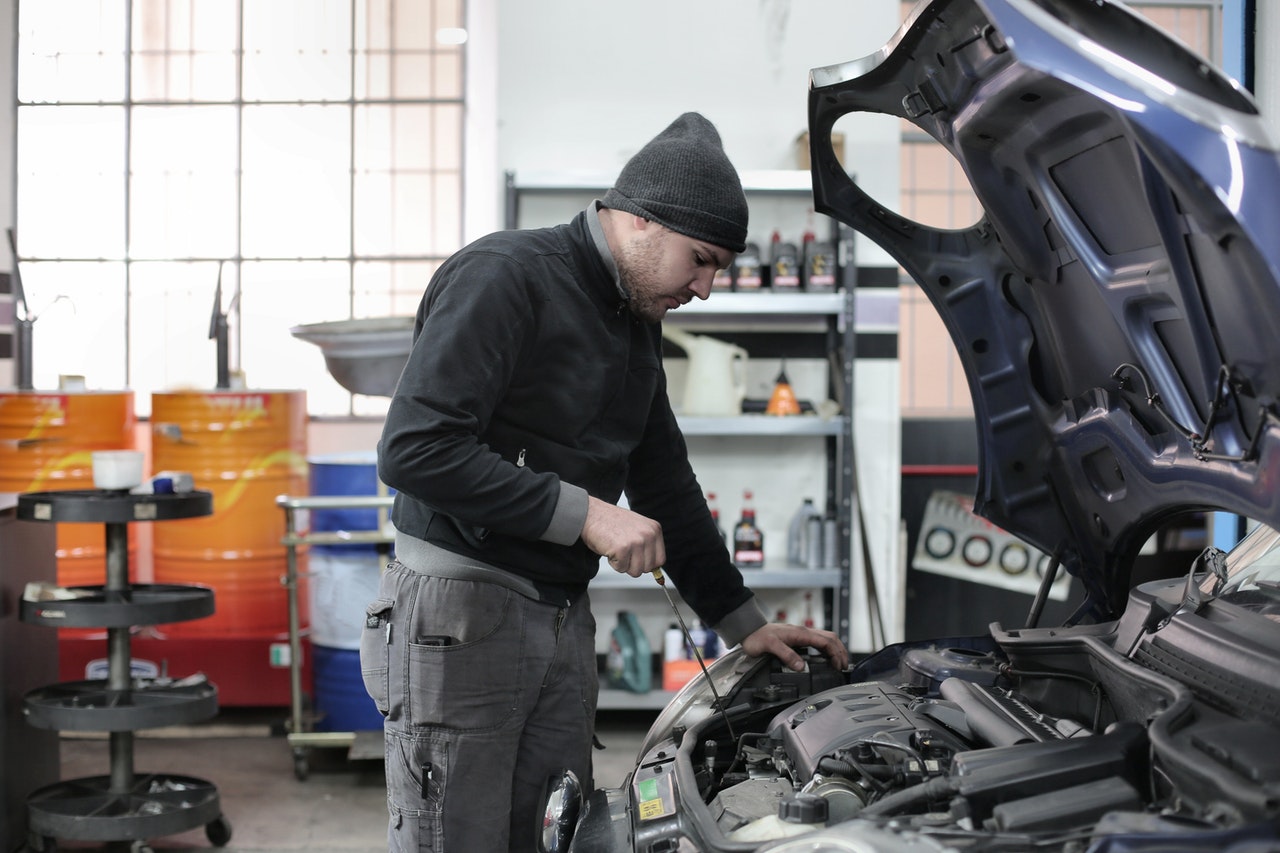
If you’ve been delaying on performing a much-needed maintenance for your car because it’s too dark, cold, windy, or wet the last few months, good news is just a few weeks away! Winter is almost over and with temperatures slowly rising, there is more hours of sunshine, and more enthusiasm, hopefully, to perform chores.
Spring is the perfect time to give your car some TLC. Car maintenance should be timed for spring, as people are more likely to use their cars because of pleasant weather. To start off your vehicle maintenance strategy, you must first list down the activities that should take priority. Let’s be honest about it! We will never have the time to do multiple projects at the same time. By creating a checklist, you become more organised with your time and ensure that you can accomplish the more important maintenance tasks, so you can drive safely over time.
- Oil Change
As your engine’s most important component, performing an oil change should be on top of your car maintenance list. This is especially true if you are driving an older vehicle model. Yes, it is not enough simply to change the engine oil and the oil filter.
When performing an oil change, it is also crucial for vehicle owners to use the right type of engine oil. Ideally, full synthetic oil is a better option than conventional oil. This is because full synthetic oil is known for its better longevity. Synthetic oil does not break down as fast as traditional oil. Furthermore, the interval between oil changes is longer thus saving you money over time.
It is also important to remember that full synthetic engine oil also flows smoothly even in colder temperatures. This engine oil also delivers greater protection against engine component wear and tear. Like better tolerance in cold temperatures, synthetic oil is also efficient at higher temperatures without compromising an engine’s overall performance and protection qualities.
Lastly, older vehicle models greatly benefit from full synthetic high mileage oil as this contains special chemicals that recondition hardened seals and gaskets. It can also prevent or stop oil leaks that happen due to rubber shrinkage and becoming brittle over time.
- Wash and Wax
Winter can take a toll on vehicles, not just because of harder starts and weakened parts that have greater chances of deterioration as a result of colder temperatures. The build-up of dirt, grit, tar, salt, and other road-treatment chemicals can also be tough on the vehicle’s exterior components. As cars are less likely washed in the winter due to low temperatures, there is a higher chance of compounding potential damage to its paint and underbody.
You can stop the further deterioration by protecting the car’s finish by cleaning it with a good-quality car wash solution. Consider using a clay bar or a bug and tar remover to eliminate stubborn debris that can potentially eat away the clear coat of your vehicle. Finally, you may wax all painted and chromed surfaces for a shiny finish.
Whether you are washing and polishing your car by hand or using an advanced polish for applying and removing wax, it is important to bear in mind that modern waxes are easier to remove but still offer superior protection that traditional waxes. Ceramic waxes are an excellent choice as it is easy to use, ensures superior protection, and greater durability.
- Wipers Replacement
Your vehicle’s wiper blades typically last for at least six months. During harsh winter, your wipers may accidentally break, leaving rubber pieces stuck on your car’s windshield. Although rubber is a pretty durable material, it can still break down and suffer from accelerated deterioration due to low temperatures and other external factors.
It is imperative to replace the wiper blades as preparation for spring. If your wiper is more than six months old, and showing signs of wear and cracks, it’s best to perform wiper replacement sooner than later. Wiper blades keep you safe on the road, so make sure to have this done as soon as possible.
- Changing the Spark Plugs
While the general rule of thumb is to change spark plugs every 30,000-mile interval, vehicle manufacturers actually recommend replacing them every 100,000 miles at an auto mechanic shop. The frequency or interval of changing spark plugs will depend on the type of spark plug you use for your car. When replacing spark plugs, you must use the specific spark plug recommended by your vehicle’s manufacturer.
Bear in mind that spark plugs are maintenance products that will wear out at some point, thus replacement is necessary. Observe for signs of spark plug failures, including difficulty starting, rough idling, and lack of power. These all point to malfunctioning spark plugs that need to be replaced immediately.
Reliable Auto Mechanic Shop in Sydney
For all your car maintenance needs this spring, you can always rely on the skilled auto mechanics here at HP Automotive. With many years of experience in the car servicing and repair industry, you can rest assured that your vehicle is in the right hands. We have the tools, equipment, and technology to perform all types of car maintenance activities for your vehicle to be in top condition come spring. To schedule an appointment, call our direct line on +61 2 9979 8372 today.
